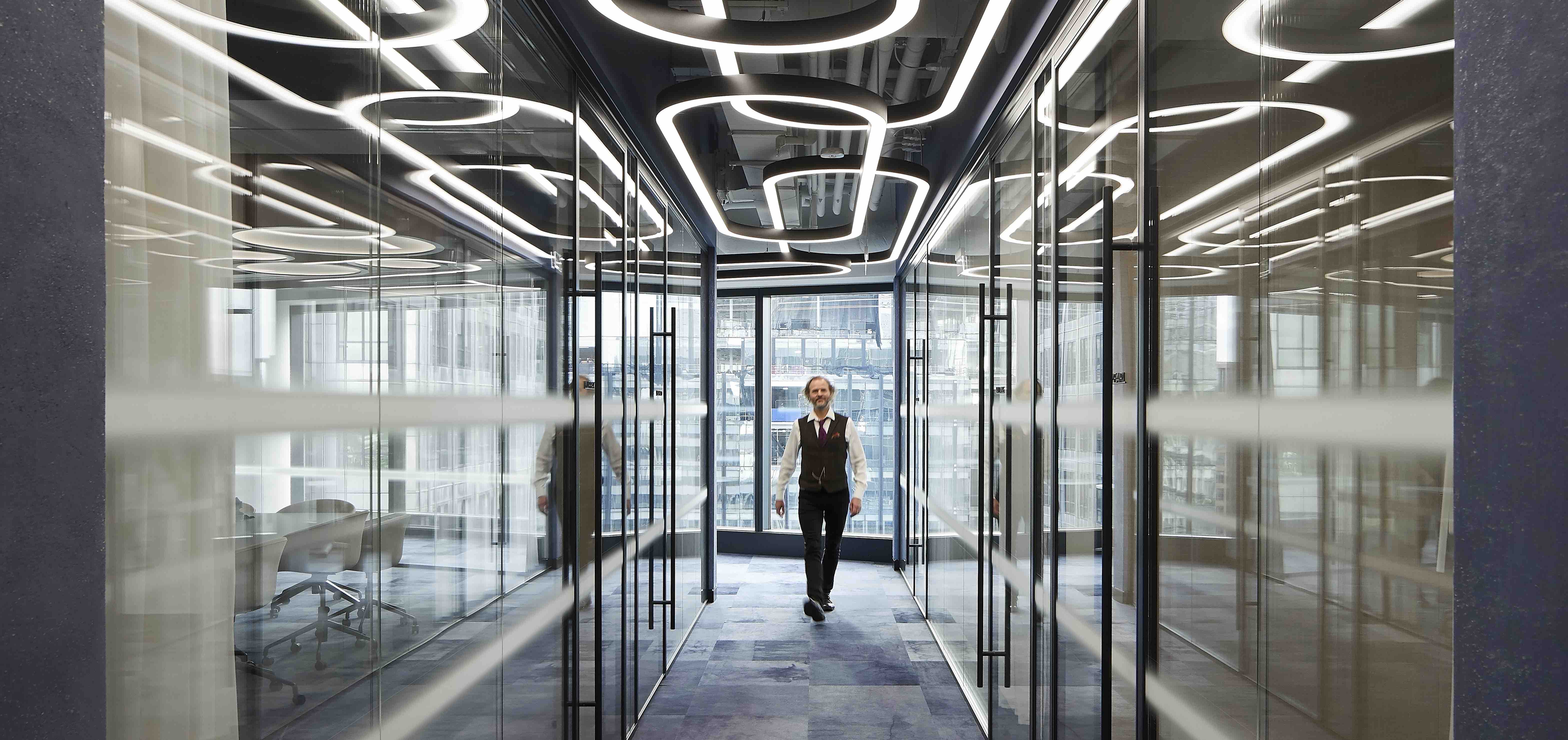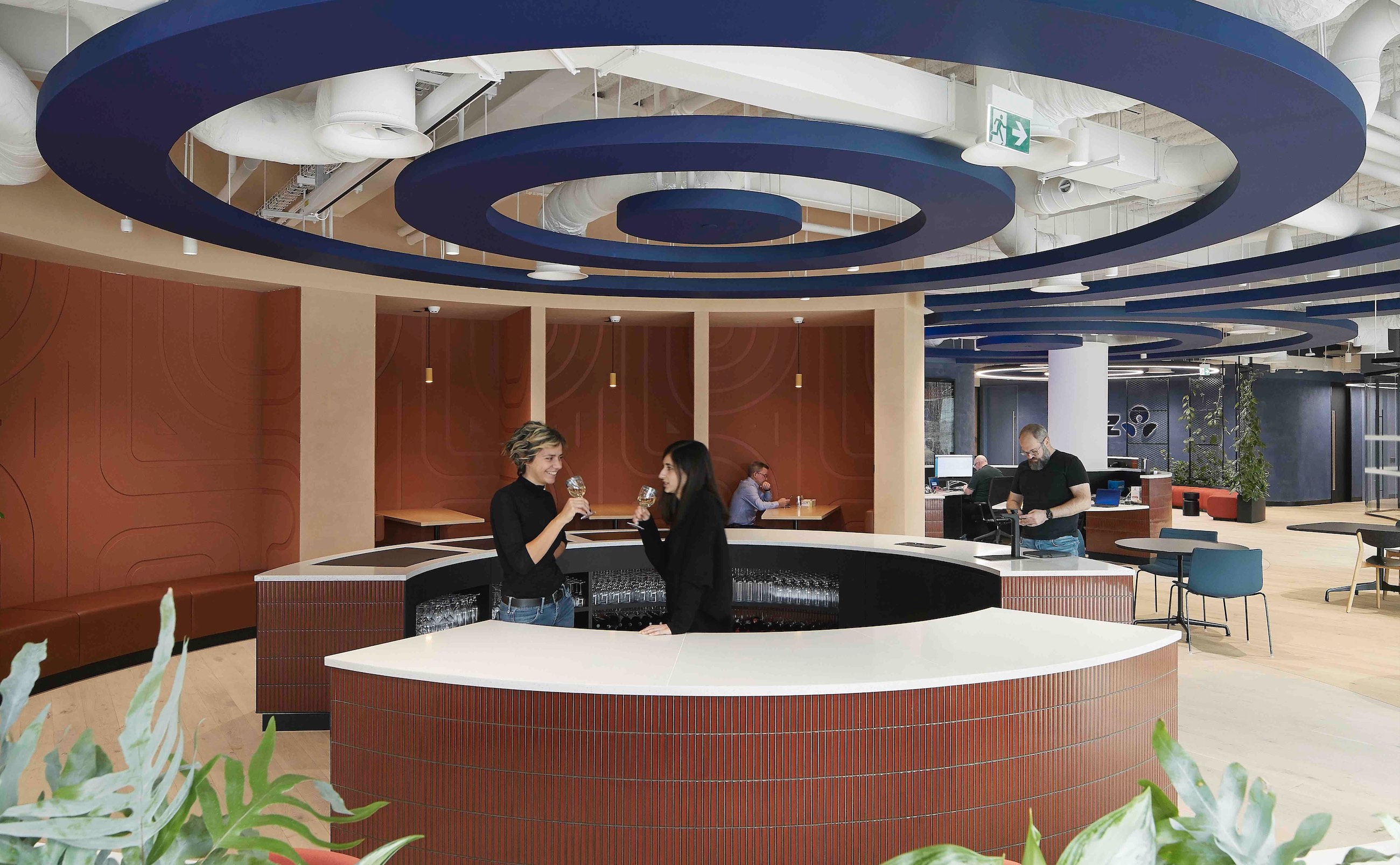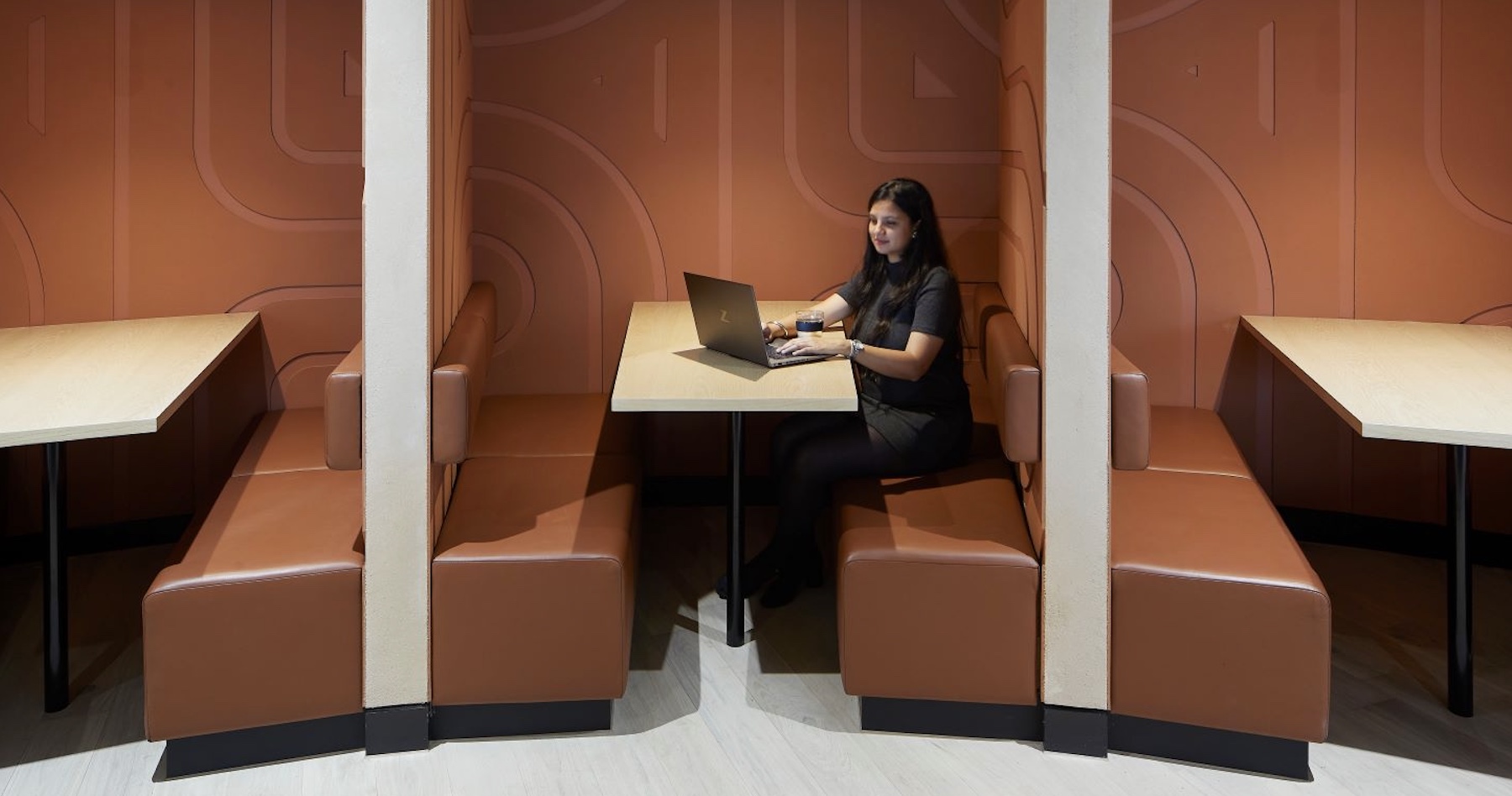-
Traditionally, the office sector has operated in a linear fashion: extract materials, construct, demolish, dispose.
The construction sector is one of the largest consumers of materials and produces more waste than any other sector in the United Kingdom.
"Offices should support regenerating nature, providing a positive impact on broader biodiversity."
With population and consumption growth projected to increase, there will be increasing pressure on natural resources, creating scarcity and price volatility.
In the UK, offices contribute massively to this waste as they form 15 per cent of the total commercial property sector and 44 per cent of the construction sector’s total value.
Recent global events and the current market conditions indicate traditional perspectives on the sector are shifting. Office occupiers are now considering environmental impacts, policy drivers and economic benefits when designing spaces.
The circular economy provides a framework to support a transition to an economy which creates maximum value from resources and supports circulation of materials while reducing waste and pollution, allowing nature to regenerate.
Offices should support regenerating nature, providing a positive impact on broader biodiversity.
Reusing furniture
Last year we embarked on the design of the one-storey fit-out of ANZ’s North Colonnade office in London with sustainability a part of every decision made. A new workplace was created based around three pillars of sustainable design - Environment; Health & Wellbeing; Inclusivity - to deliver great value to building users and the community. A particular focus of the project was to reuse the furniture in the old office.
ANZ’s aspiration of being a leading environmental bank came through from day one when the brief pushed the design to have above average circular targets. All aspects of ANZ’s Group Property Sustainability Strategy were incorporated into the design by the British architectural, design and planning practice tp bennett, to help achieve ANZ’s environmental footprint targets, which include a 40 per cent reduction in waste to landfill by 2025.
Furniture is one of the largest contributors to embodied carbon in fit-outs which means it is a great opportunity for circular fit-outs.
The brief was simple: reuse as much as possible, refurbish when necessary and reduce the number of new products.
{CF_IMAGE}
The fit-out was an opportunity to create open and transparent spaces that offer variety and flexibility, where function and purpose align to employees’ needs. The floorplate is arranged to create different zones of activity and a sense of journey across the whole office. Determining where key points of social interaction take place (reception, tech bar, central social counter etc), a symbolic drop falls at each of these points to create a ripple effect, radiating cross the floorplate, drawing on people’s energy. A variety of areas allows users to choose an environment best suited to their daily needs and feelings.
{CF_IMAGE}
The creation of these flexible spaces and the desire to meet users’ needs required a number of different furniture typologies. These included curved focus desks arranged in circles within the floorplate; touchdown, meeting room and social space tables; and fixed and sit-stand desks spread across the open space as well as desks within individual focus rooms. Different types of seating appropriate to the function of those different spaces have also been included such as task chairs, casual seating and lounge chairs, benches and stools.
{CF_IMAGE}
Most of the collaboration desks, chairs and tables within the project have been remanufactured with used metal parts adjusted where needed and new powder coating applied. Desks and tables were remanufactured with new table tops from recycled materials while chairs and other seating have been reupholstered with high recycled content fabrics and no glues.
The whole furniture remanufacturing process in the project was not without challenges, including supply chain issues and program constraints but these were overcome by the client and team fully embracing the circular principles on this project.
Overall, the project is a successful example of embedding circular principles.
Of the 700 furniture products required in the fit out, 80 per cent (560 products) re-used existing materials, including 19 per cent of furniture re-used with a clean and 27 per cent of furniture pre-used and refurbished.
Only 20 per cent (140, mostly task desks) were entirely virgin materials. This buy-in from the client and ultimate end-user of the product, as well as early supply chain engagement, are essential in realising greater sustainability standards.
The sector should change from a linear to a circular operating fashion by viewing each existing material as a valuable asset that can be recovered, reused or repurposed as opposed to stripped out and discarded.
Owners, occupiers and all those in the value chain should embrace, support and advocate for this wider transition.
Juliana Renn is an Associate Director and Sustainable Designer at tp Bennett
{CF_IMAGE}
The views and opinions expressed in this communication are those of the author and may not necessarily state or reflect those of ANZ.
-
-
-
-
anzcomau:Bluenotes/social-and-economic-sustainability,anzcomau:Bluenotes/anz-news
Circular economy in offices: it’s not just fashion that can come around
2023-01-12
/content/dam/anzcomau/bluenotes/images/articles/2023/January/thumb_ANZ_Canary%20Wharf_©Hufton+Crow_031.jpg
EDITOR'S PICKS
-
As demand for electric vehicles rises, so too will the need to finance their production in a sustainable way.
7 November 2022 -
New Zealand's University of Canterbury is Hitting the Target and working to reduce greenhouse gas emissions to net zero by 2030
19 September 2022




